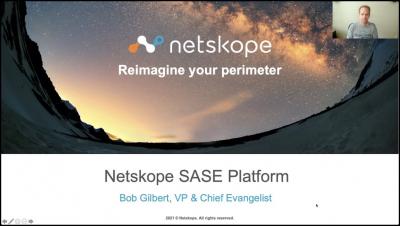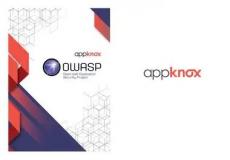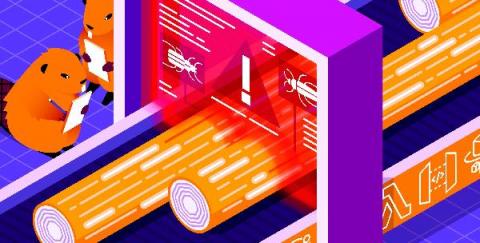FluBot: Malware as a Service Meets Mobile Phishing
Recently, Europeans were hit by an influx of SMS texts claiming to be package delivery notifications. It turns out these messages were orchestrated by threat actors seeking to distribute malicious apps laced with the banking trojan FluBot, also known as Cabassous. Once the victims download the malware, the app can intercept SMS messages, steal contact information and display screen overlays to trick users into handing over their credentials.











